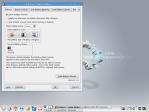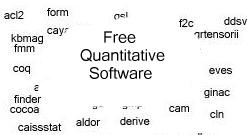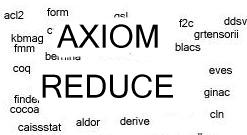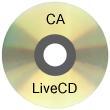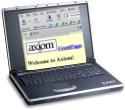Axiom has a Wiki website as its home page. Pages on this website
can be written using Latex. When changes to the page are saved
the Latex program is used to render the page. Since most of the
scientific community is familiar with Latex they do not need to
learn a separate Wiki language.
Another crucial feature is that it is possible to embed commands
for computer algebra systems inline with the text. Thus if you
wish to invoke an Axiom command you would use:
\begin{axiom}
axiom commands here
\end{axiom}
and if you wish to invoke REDUCE you would use:
\begin{reduce}
reduce commands here
\end{reduce}












